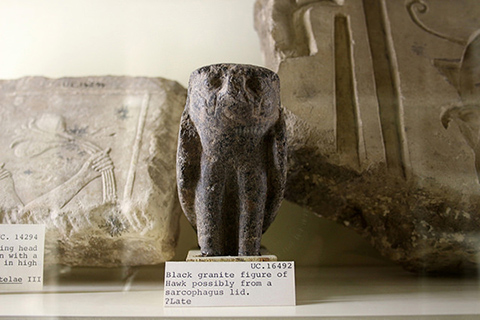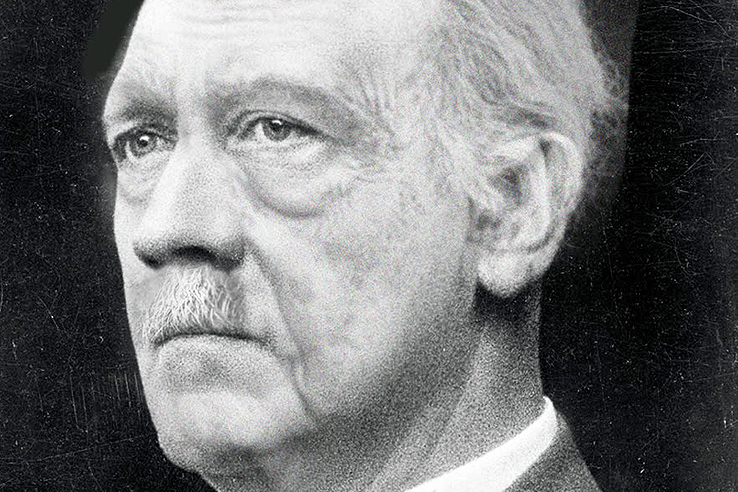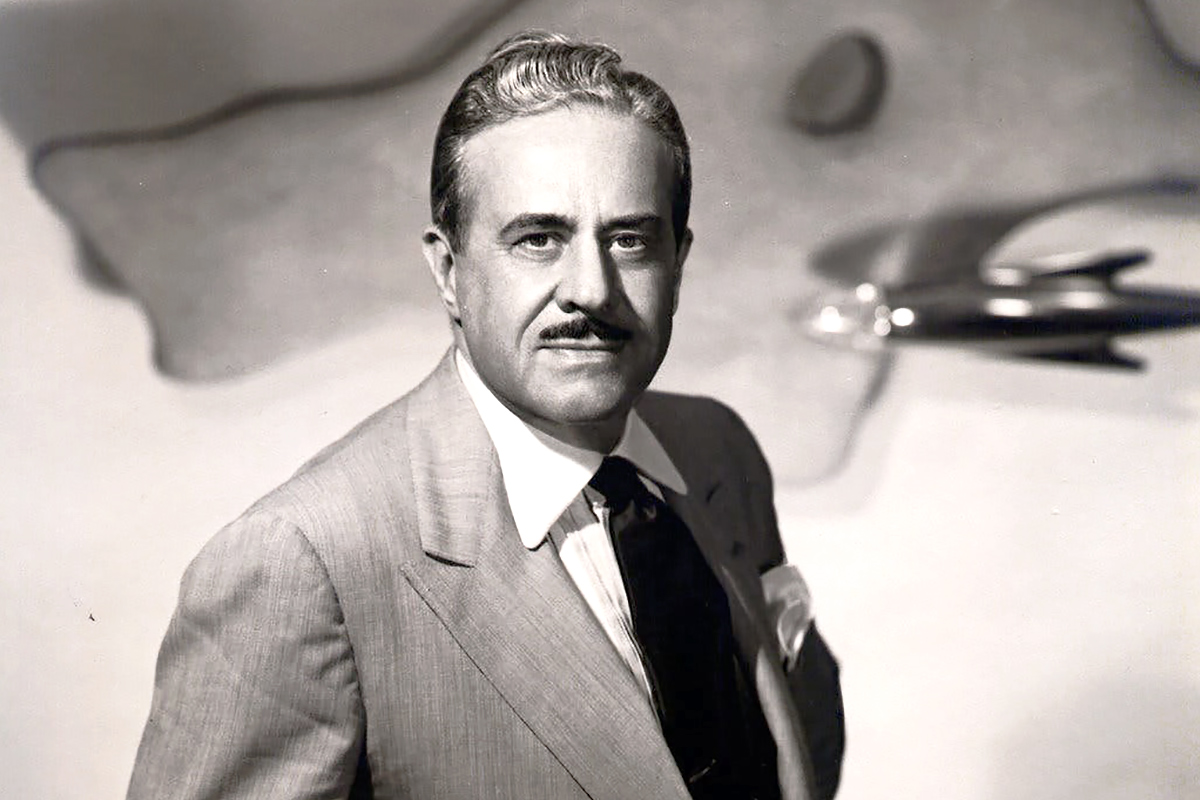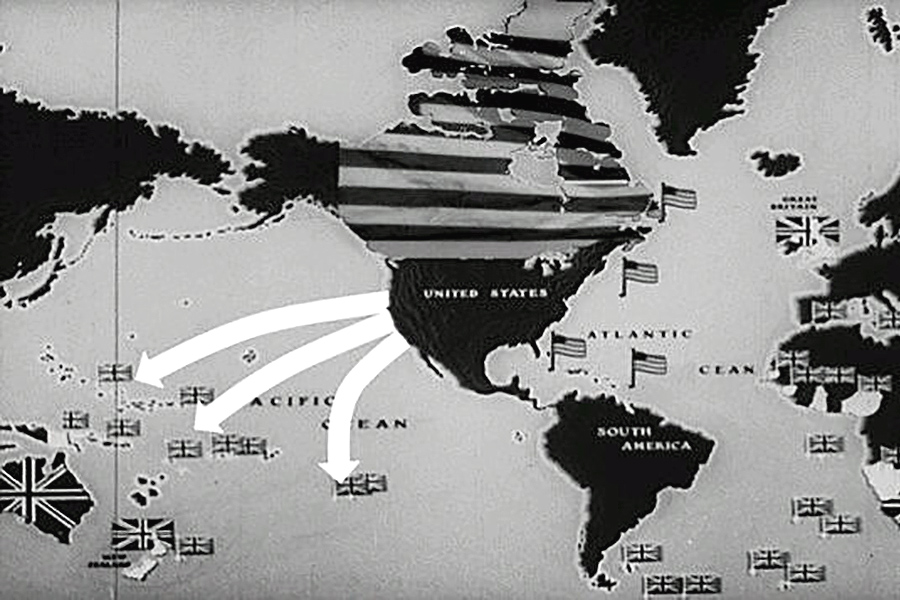
The University College of London (UCL), by means of tribute, houses a small, but nevertheless interesting, museum of Egyptian archaeology.
The Petrie Museum may sound like something tucked away in a dank corner of a university building, but that is only true to an extent. Exiting from Goodge Street Station and turning into Torrington Place (if you get the wrong exit, simply walk around the station) it’s a simple matter of following the signs. To be honest, I’ve never even seen a museum with signage that good. So regardless of what you’d think, it’s easy to find.
The opening hours may seem a bit odd (Tuesday-Saturday 1-5 PM), but considering it is so small, you have to do put in a lot of effort to lack the time of studying everything on display if you make full use of the museum day.
What makes the Petrie Museum different is not only the cozy and friendly atmosphere, something, especially now with the exaggerated security measures some are putting on, the larger museums are totally lacking, but also the objects on display.
Yes, there are some mummies and sarcophagi, but mostly this museum focuses on the everyday objects that the ancient Egyptians used, as well as the world of Queen Nefertiti and her husband, the infamous Pharaoh Akhenaten.
The Petrie Museum is the place to be when you want to get an impression of how people lived in ancient Egypt, not just the upper class. The amount of everyday objects, as well as jewelry, on display is astounding.
The staff are also super friendly and they often have at least one specialist around to answer questions.
Don’t expect a grand-style affair, but what it lacks in size, the museum more than makes up in content and atmosphere.
For those interested, there is a small set of photos on my Flickr page here, but it barely scratches the surface of the amount of things this museum has on display.




